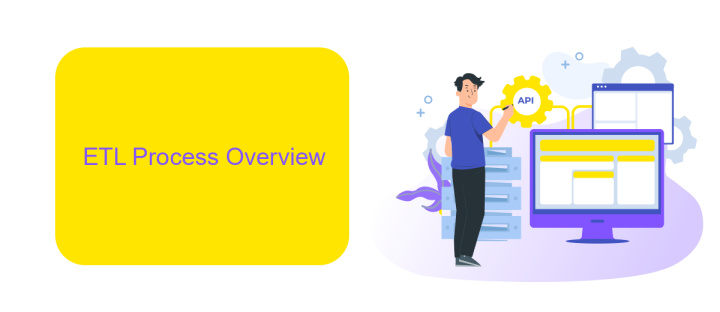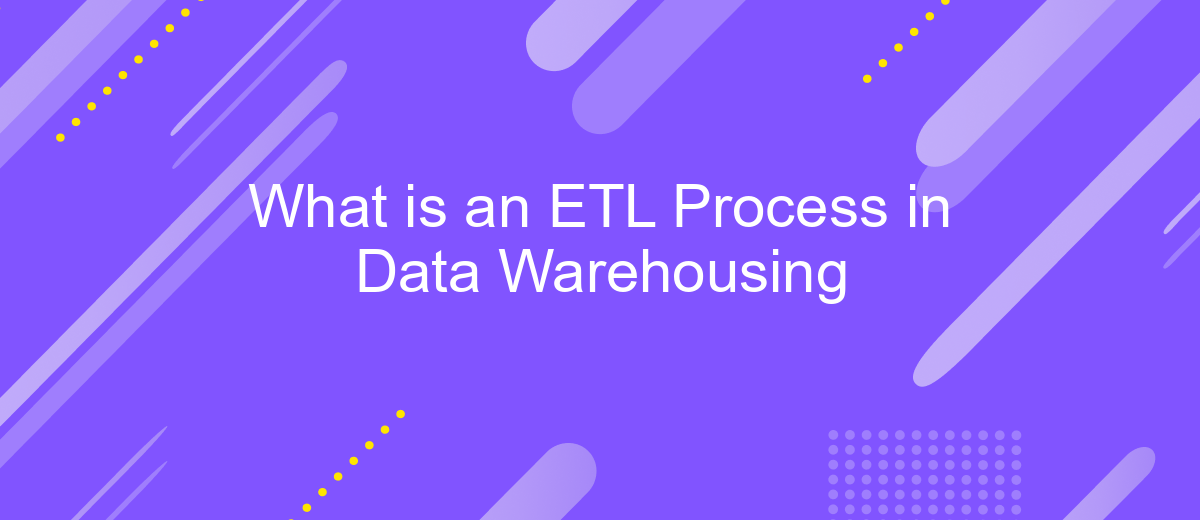What is an ETL Process in Data Warehousing
An ETL process in data warehousing stands for Extract, Transform, Load. It is a crucial procedure that involves extracting data from various sources, transforming it into a suitable format, and loading it into a data warehouse. This process ensures that data is clean, consistent, and ready for analysis, enabling organizations to make informed decisions based on accurate information.
Introduction
The ETL process, which stands for Extract, Transform, Load, is a fundamental concept in data warehousing. It involves extracting data from various sources, transforming it into a suitable format, and loading it into a data warehouse for analysis and reporting. This process ensures that the data is clean, consistent, and ready for business intelligence activities.
- Extract: Gathering data from different sources such as databases, APIs, and flat files.
- Transform: Converting the data into a usable format, which may include cleaning, filtering, and aggregating.
- Load: Inserting the transformed data into a data warehouse or other storage systems.
In today’s data-driven world, tools like ApiX-Drive simplify the ETL process by automating data integration tasks. ApiX-Drive allows seamless connections between various applications and services, making it easier to extract and load data efficiently. This automation not only saves time but also reduces the risk of errors, ensuring that the data is reliable and up-to-date for decision-making processes.
ETL Process Overview

The ETL process, which stands for Extract, Transform, Load, is a fundamental component of data warehousing. It involves extracting data from various sources, transforming it into a format suitable for analysis, and loading it into a data warehouse. This process ensures that data is clean, consistent, and ready for business intelligence activities. ETL tools automate these steps, reducing the risk of human error and increasing efficiency. For instance, during the extraction phase, data is pulled from multiple databases, APIs, or flat files. The transformation phase involves cleaning, filtering, and aggregating the data to meet specific business requirements. Finally, the loading phase transfers the processed data into the data warehouse for storage and future analysis.
One of the critical aspects of setting up an ETL process is the integration of various data sources. Services like ApiX-Drive can significantly streamline this process by providing a platform to connect and automate data flows between different systems without the need for extensive coding. ApiX-Drive supports numerous integrations, allowing businesses to effortlessly synchronize data from CRM systems, marketing platforms, and other applications. This not only saves time but also ensures that the data is always up-to-date and accurate, facilitating better decision-making and strategic planning.
ETL Components

The ETL process in data warehousing consists of three main components: Extraction, Transformation, and Loading. These components work together to ensure that data is accurately and efficiently moved from source systems to the data warehouse.
- Extraction: This is the first step, where data is extracted from various source systems. These sources can include databases, APIs, and flat files. Tools like ApiX-Drive can simplify this process by automating data extraction from multiple sources.
- Transformation: Once the data is extracted, it needs to be transformed into a suitable format for analysis. This involves cleaning, filtering, aggregating, and enriching the data to meet the business requirements.
- Loading: The final step is loading the transformed data into the data warehouse. This ensures that the data is available for querying and reporting purposes.
Effective ETL processes are critical for ensuring data quality and consistency in data warehousing. Tools like ApiX-Drive can help streamline the ETL process by providing automated workflows and seamless integrations, making it easier to manage and maintain data pipelines.
ETL Benefits and Challenges

ETL, which stands for Extract, Transform, Load, offers numerous benefits for data warehousing. It enables efficient data integration from various sources, ensuring data consistency and accuracy. By transforming data into a standardized format, ETL processes facilitate better data analysis and reporting, ultimately supporting informed decision-making.
Despite its advantages, ETL processes come with their own set of challenges. These include the complexity of data transformation rules, the need for constant monitoring, and potential performance bottlenecks. Additionally, setting up and maintaining ETL pipelines can be resource-intensive.
- Data integration from multiple sources
- Improved data quality and consistency
- Enhanced data analysis and reporting capabilities
- Support for informed decision-making
To address some of these challenges, services like ApiX-Drive can be highly beneficial. ApiX-Drive simplifies the process of integrating various data sources, automating data extraction, and ensuring seamless data flow. This not only reduces the complexity but also saves time and resources, making ETL processes more efficient and manageable.
- Automate the work of an online store or landing
- Empower through integration
- Don't spend money on programmers and integrators
- Save time by automating routine tasks
Conclusion
The ETL process plays a crucial role in data warehousing by ensuring that data from various sources is accurately extracted, transformed, and loaded into a centralized repository. This process not only enhances the quality and consistency of the data but also enables organizations to make informed decisions based on reliable insights. By automating these steps, businesses can save time and resources, thus improving overall efficiency and productivity.
Moreover, integrating ETL processes with services like ApiX-Drive can further streamline data operations. ApiX-Drive offers robust tools for setting up seamless integrations, allowing businesses to connect different data sources without any technical hassle. This ensures that data flows smoothly across systems, providing a unified view of organizational data. As a result, companies can focus on leveraging their data for strategic purposes, rather than being bogged down by the complexities of data management. In conclusion, a well-implemented ETL process, supported by integration services like ApiX-Drive, is essential for maximizing the value of data in today's competitive landscape.
FAQ
What is an ETL Process in Data Warehousing?
Why is ETL important in Data Warehousing?
What are the main steps involved in the ETL process?
What tools can be used for ETL processes?
How does ETL handle data quality issues?
Apix-Drive is a universal tool that will quickly streamline any workflow, freeing you from routine and possible financial losses. Try ApiX-Drive in action and see how useful it is for you personally. In the meantime, when you are setting up connections between systems, think about where you are investing your free time, because now you will have much more of it.


